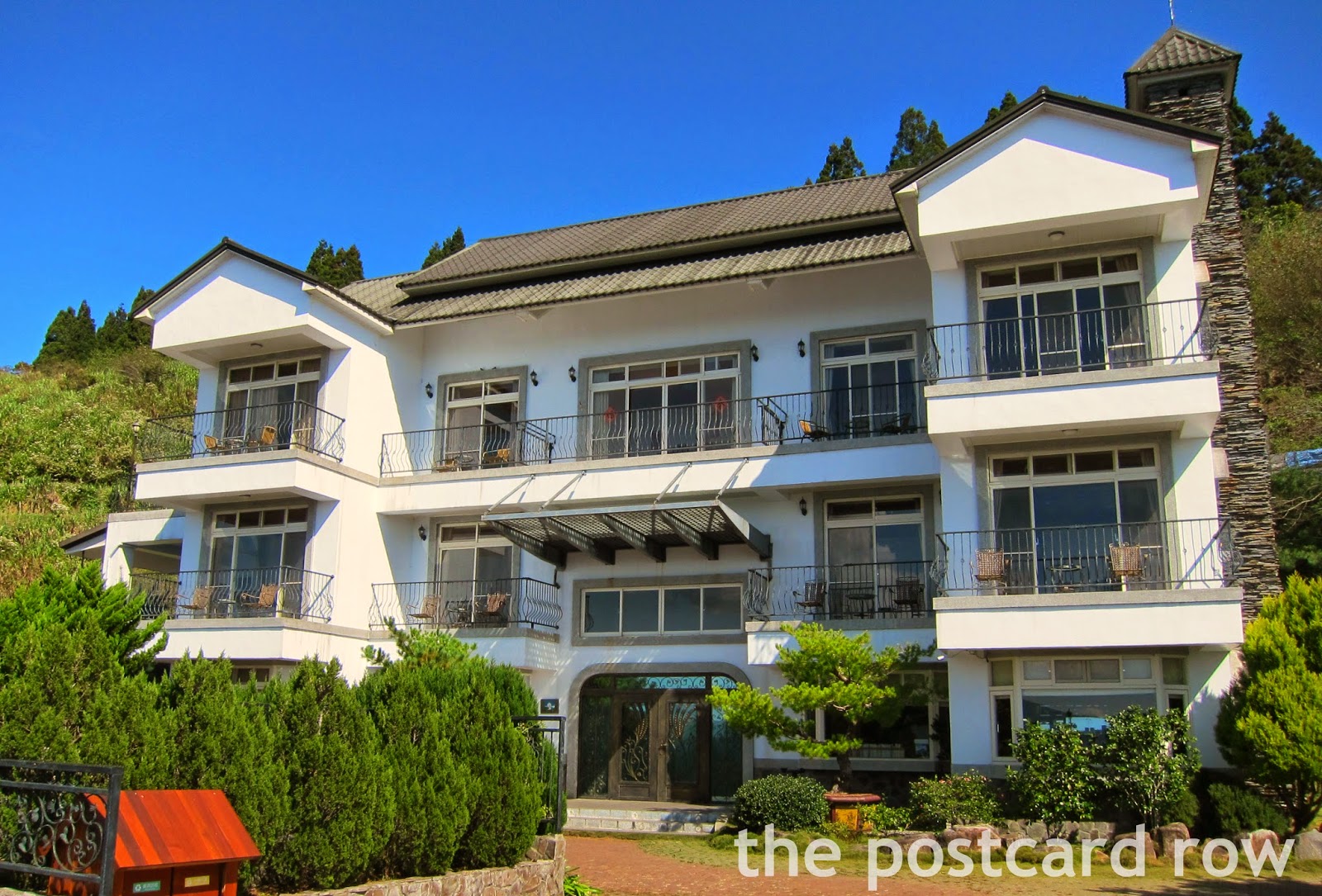Seoul Impressions: Celebrating Buddha's Birthday in Jogyesa Temple
We were in Seoul for 5 days and our trip coincided with two Korean public holidays – Children’s Day and Buddha’s Birthday! Travelling to a country during their local holidays can be a challenge. There's a greater mass of human traffic in the scenic spots since locals also flock to these areas to enjoy the holidays. But for me, it’s also a good opportunity to observe the local culture and traditions which are not apparent on normal days.
On our first day, we made our way to a popular Buddhist site in Seoul – the Jogyesa Temple. This temple was built in 1910 and is the headquarters of the Jogye Order of Korean Buddhism. I don’t really know the difference between Korean Buddhism and Chinese Buddhism, but from what I observed, there are many similarities.
Jogyesa Temple is located along a busy main street in the middle of the metropolis. Once you enter the place, however, an atmosphere of peace settles. The background of noisy cars and busy streets fade away, quickly replaced by the sound of devout prayers and the sight of locals intent on worship and religious rituals.
The entrance itself is imposing and colorful -- a stark contrast from the modern buildings that surround the temple. Four fierce-looking guardians stand at the entrance. This reminded me of the “menshen” (門神) in Chinese culture, who are similarly tasked to guard the temple entrance from evil spirits. But while Chinese statues look huge, thick and immovable, the Korean ones appear more elaborately designed, thinner, lighter and more delicate.
Because it was Buddha’s Birthday (April 8th in the lunar calendar) when we arrived, the traditional Lotus Lantern Festival was being held in the temple. Thousands of paper lanterns in different colors hung in the front courtyard. Each lantern contains a prayer or a petition of devout believers. Some are hung to ask for blessings while others are meant to pray for departed loved ones. This year, the Temple also arranged the paper lanterns in such a way so that a slogan about peace could be seen when viewing the Temple grounds from the top.
On the grounds, people lined up for a chance to “wash” the baby Buddha. Washing involved filling up a ladle with water and pouring the water over the Buddha statue. After “washing”, each person then silently says a prayer to the baby Buddha. I noticed that many children were prodded by their parents to do this ritual. It's probably one of the informal rites of passage for South Koreans.
The main hall was intricately designed and housed three huge gold Buddha statues. The interiors were filled with local Koreans who prayed, kneeling and prostrating three times. Some held books and joined in the chanting. While the place hummed with activity, there was a solemn air and everyone looked focused on their prayers. I felt like an intruder taking photographs inside, so I quickly left after taking a few pictures. I noticed too that unlike Chinese temples, there were no incense inside the temple hall.
Our trip to Jogyesa Temple was a short and simple one. I think there was still more to explore, such as seeing how the monks went about their daily lives in the Temple and joining the vegetarian meal. Unfortunately, we had to go back to the hotel. Nevertheless, I was glad we came on Lotus Lantern Festival day because this showcased a more religious side of South Koreans -- so different from the usual K-pop culture.
Getting There:
The nearest MRT station is Jonggak (Blue Line), Exit 3. Upon exiting, just walk about 5-8 minutes along the main street and you will see the Temple on the left side.
If you are coming from Insadong, there's a side street from Insadong which leads you past some art galleries and straight to the Temple. Just follow the signs.







Comments
Post a Comment